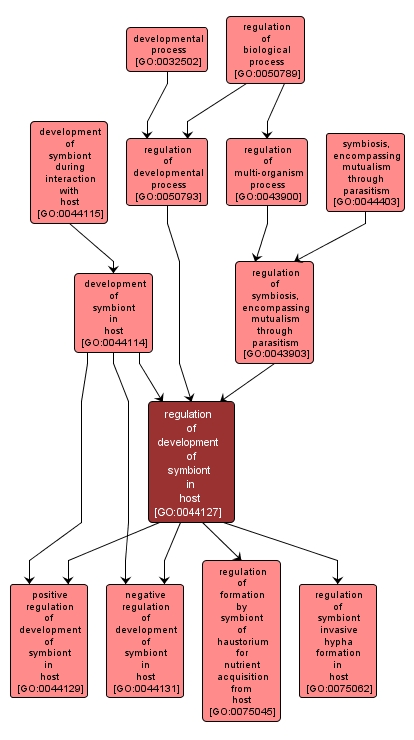| Desc: |
Any process by which the symbiont regulates its progression from an initial condition to a later condition, within the cells or tissues of the host organism. This may (but not necessarily) include a filamentous growth form, and also can include secretion of proteases and lipases to break down. The host is defined as the larger of the organisms involved in the symbiotic interaction. |














